Engineering Plastics

PELPRENE™
High-performance elastomer with excellent heat resistance and bending fatigue resistance
PELPRENE™ is the commercial name for TOYOBO MC's thermoplastic polyester elastomers.PELPRENE™ has the properties of both rubber and engineering plastics, and is the most reliable material among thermoplastic elastomers that is closest to engineering plastics. It is used in a wide variety of fields and applications.
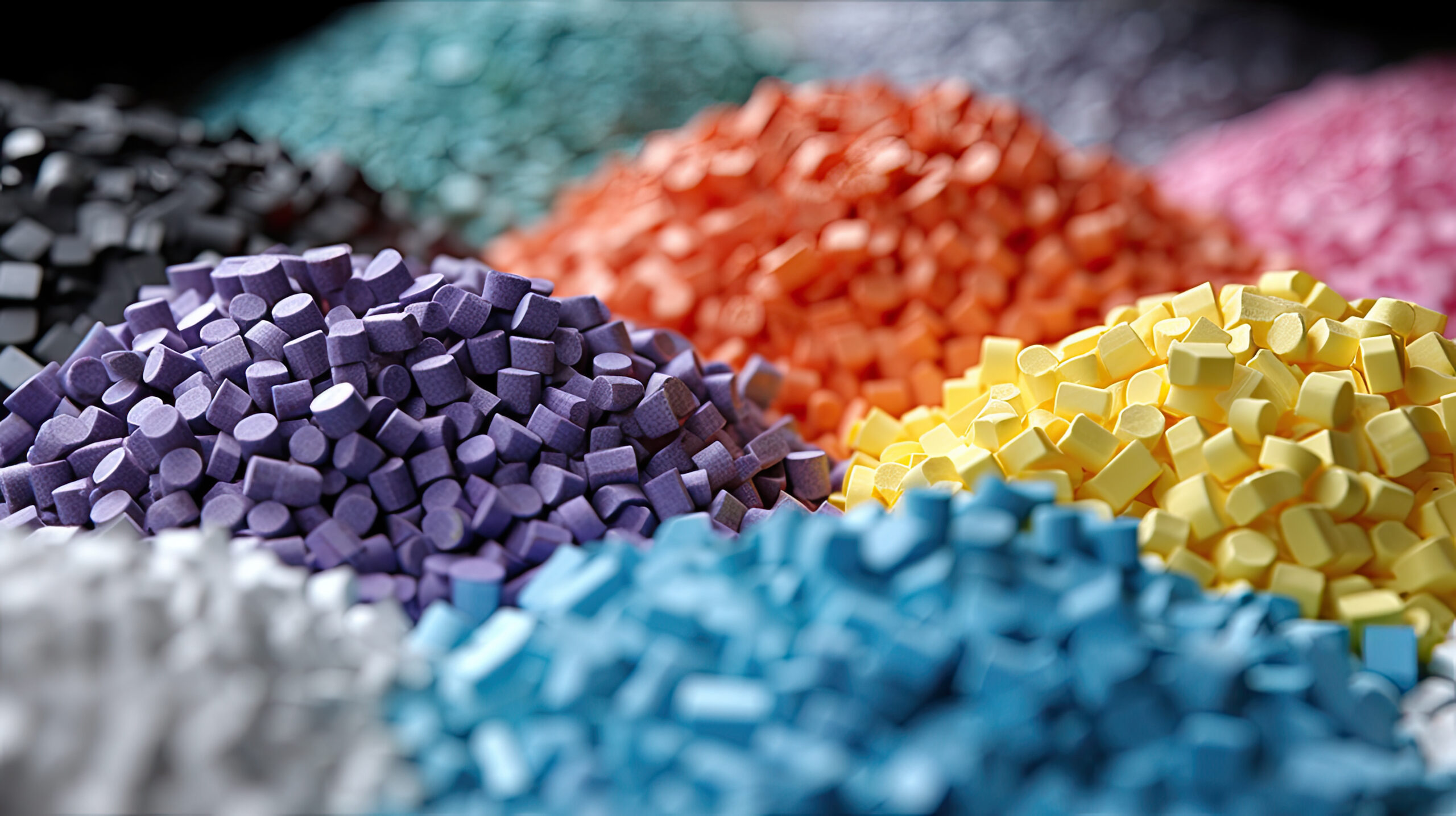
Features
- Original composition
- A comprehensive range of performance across four composition types
- From rubber to engineering plastic
- A wide range of hardness
- Excllent chemical resisance
- PELPRENE™ has excellent oil and chemical resistance.
- Excellent bending fatigue resistance
- PELPRENE™ has excellent bending fatigue resistance than rubber.
- Wide operating temperature range
- PELPRENE™ has excellent low temperature properties
- Easy molding
- Compatible with injection, extrusion, and blow molding and more, offering a wide range of possibilites for applications
Applications
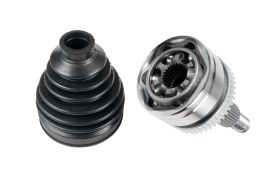
Applications: CVJ Boots
Advantages: Resistance to flexural fatigue, suitibility for blow molding
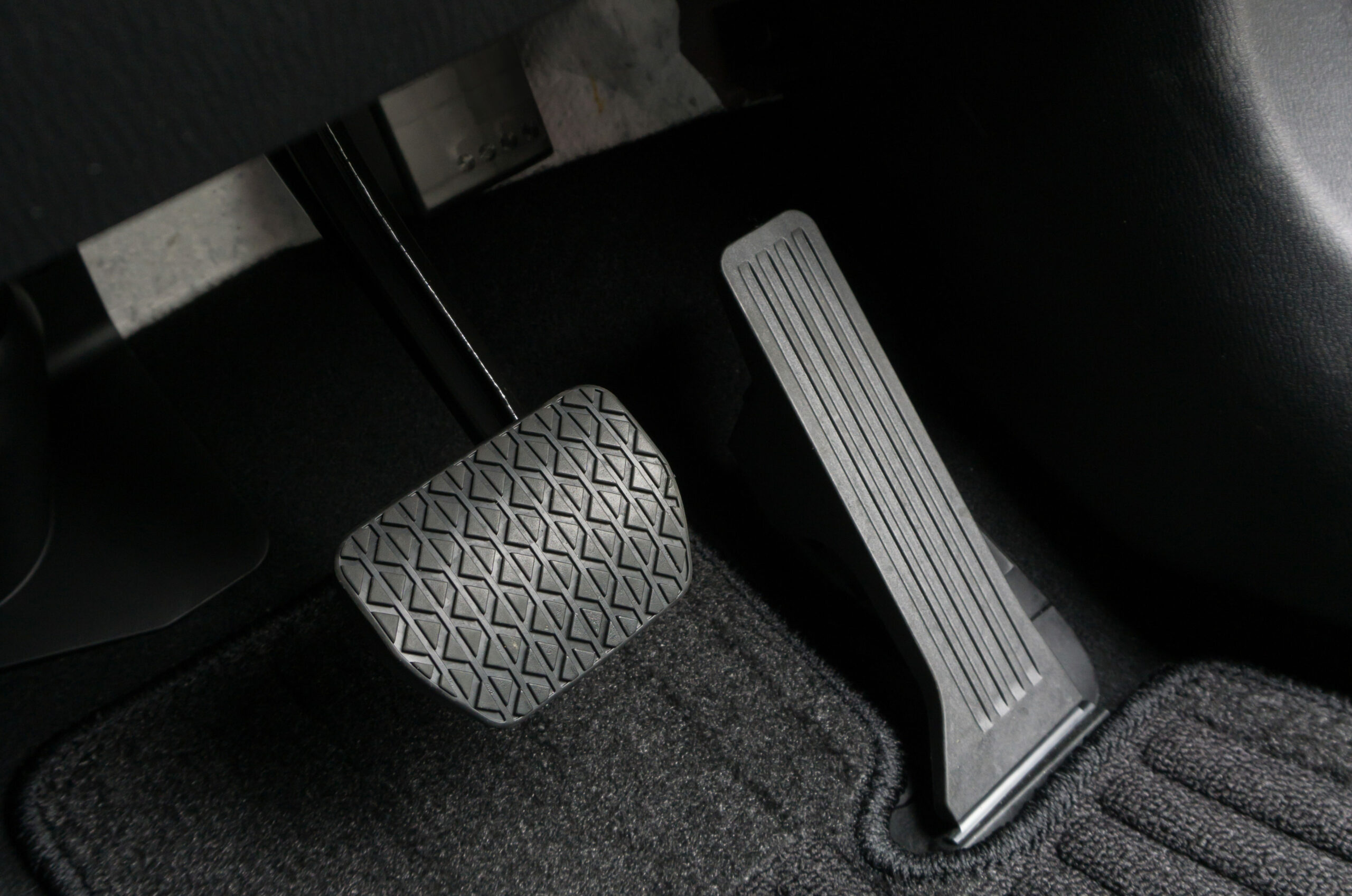
Applications: Accelerator pedal
Advantages: Resistance to flexural fatigue, good appearance
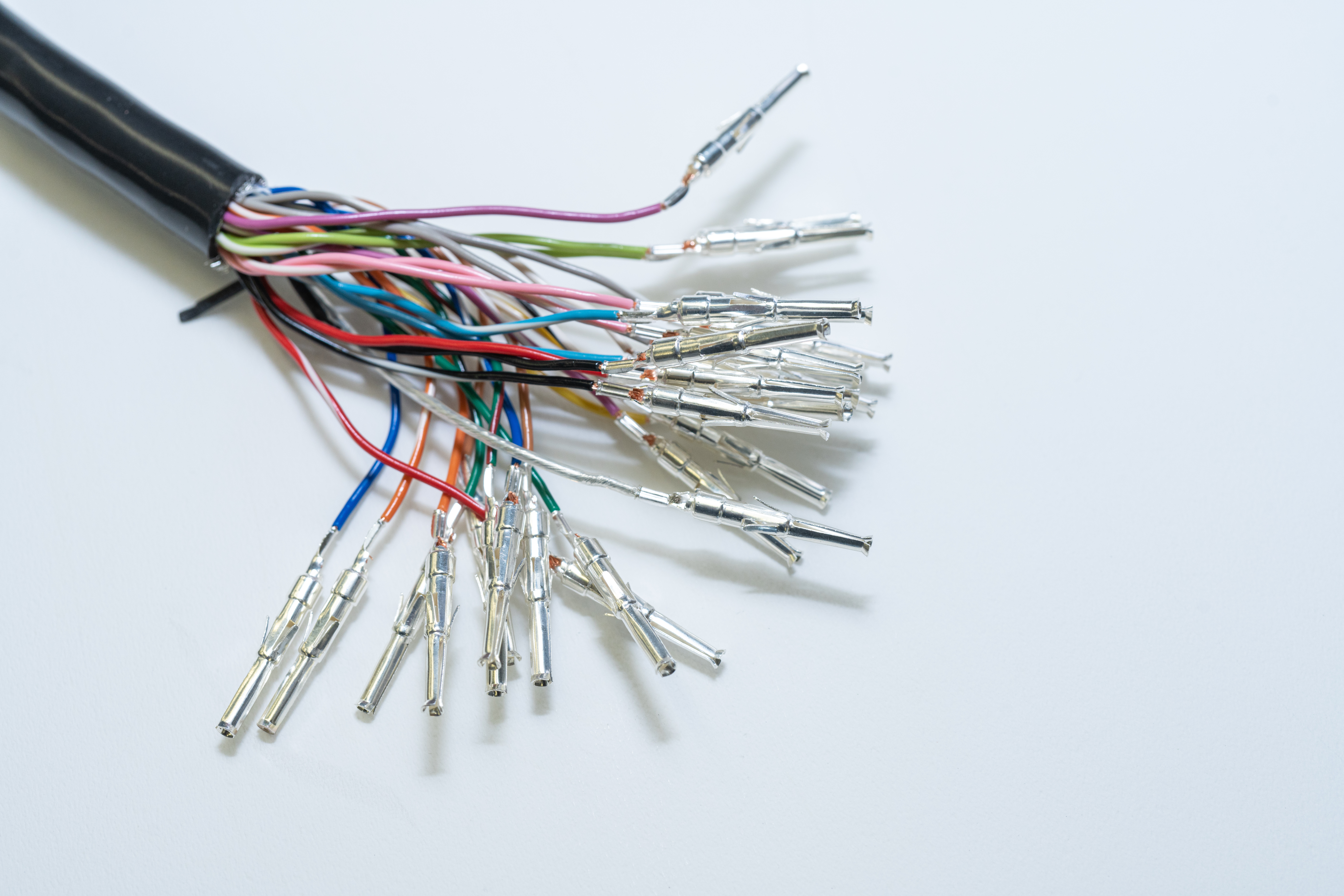
Applications: Cable Jackets
Advantages: Heat Resistance, flexibility
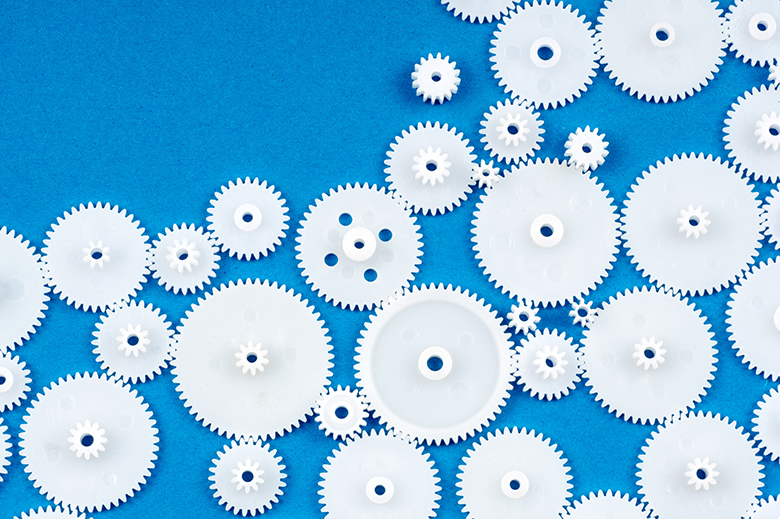
Applications: Noiseless gears
Advantages: Noise Reduction, Good Moldability

Applications: Moisture permeable film
Advantages: Moisture Permeability, flexibility
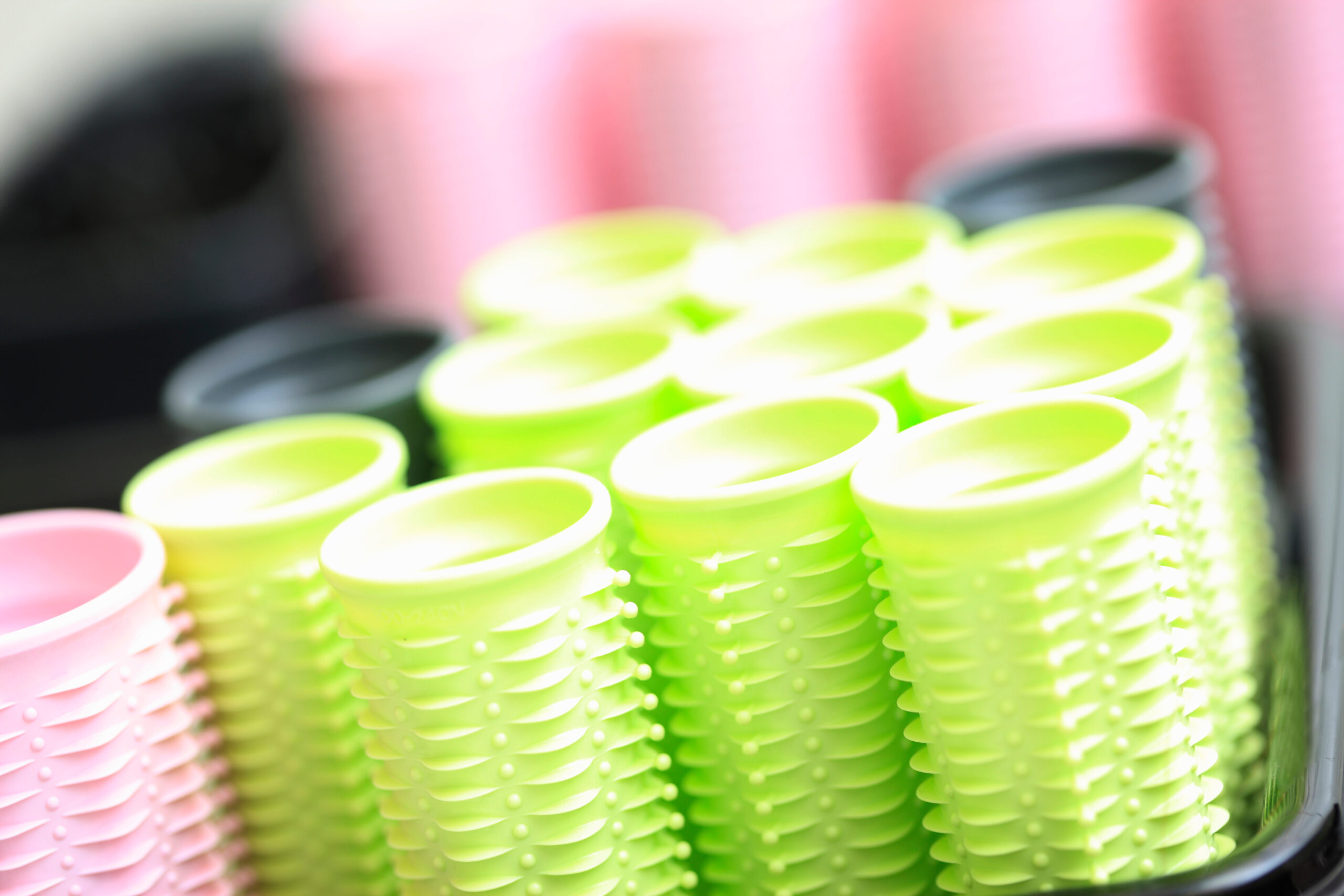
Applications: Hot curler
Advantages: Heat Resistance, flexibility
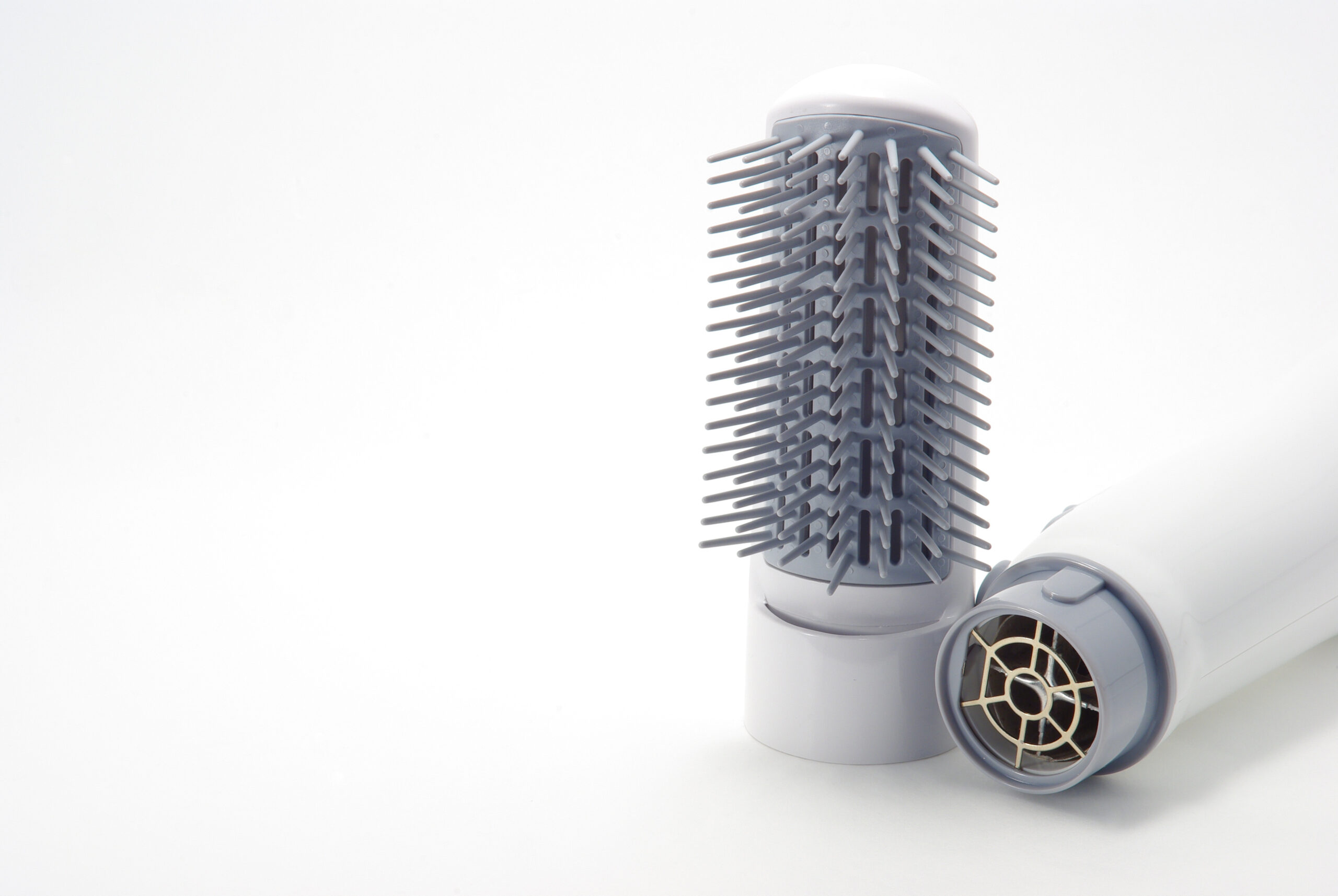
Applications: Curl dryer
Advantages: Heat Resistance, flexibility
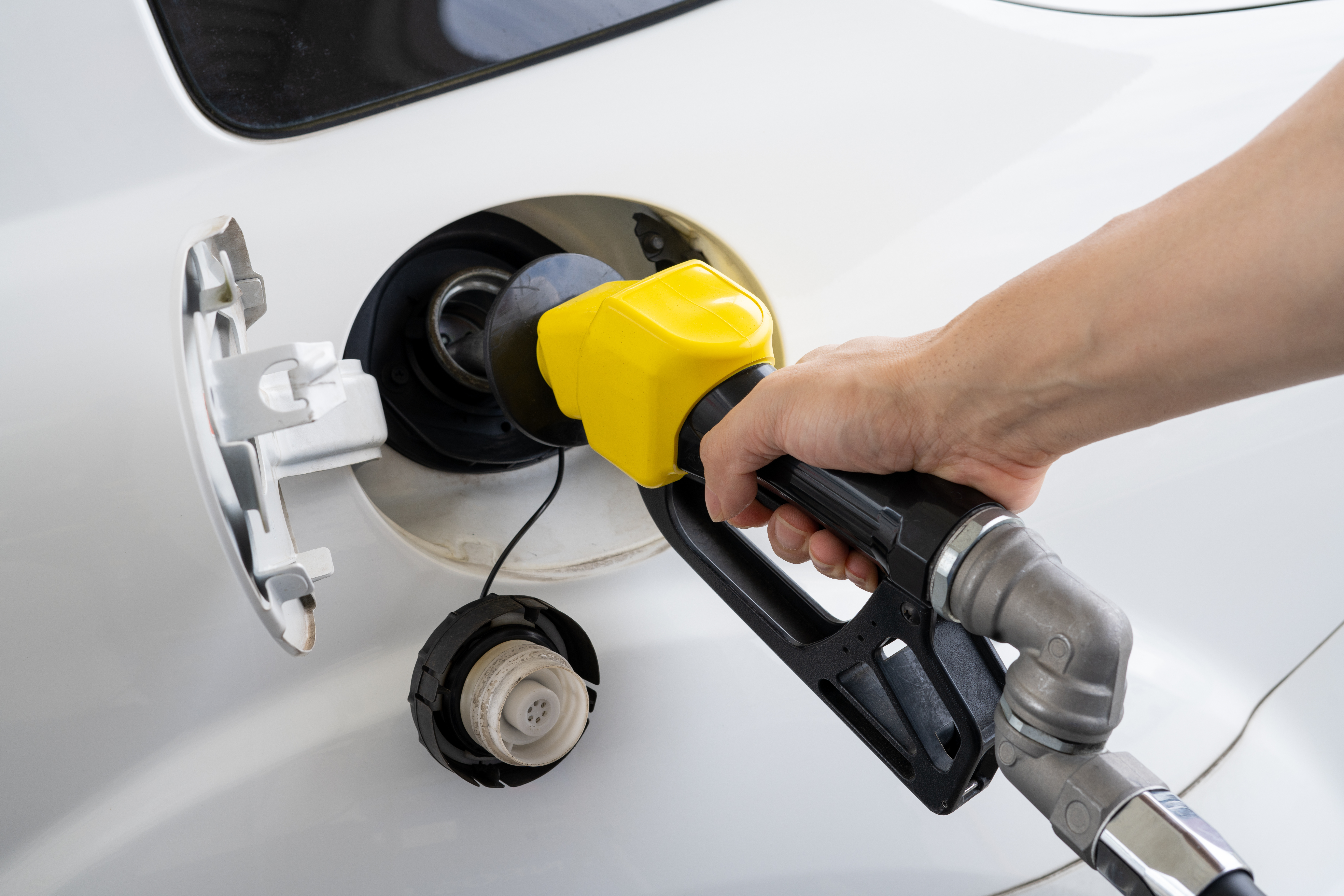
Applications: Fuel gas cap tether
Advantages: flexibility, Chemical Resistance
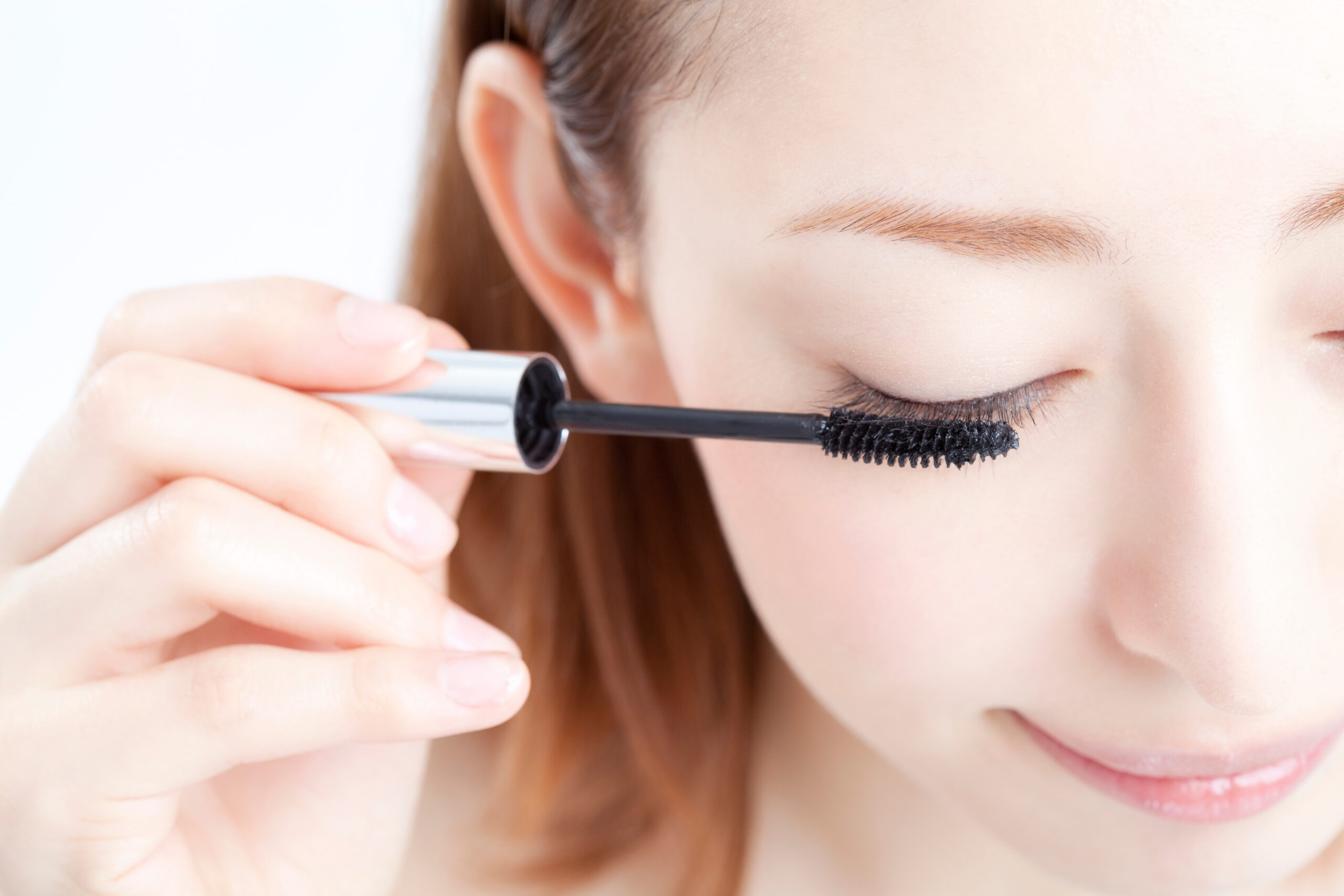
Applications: Mascara Brush
Advantages: flexibility, Fluidity
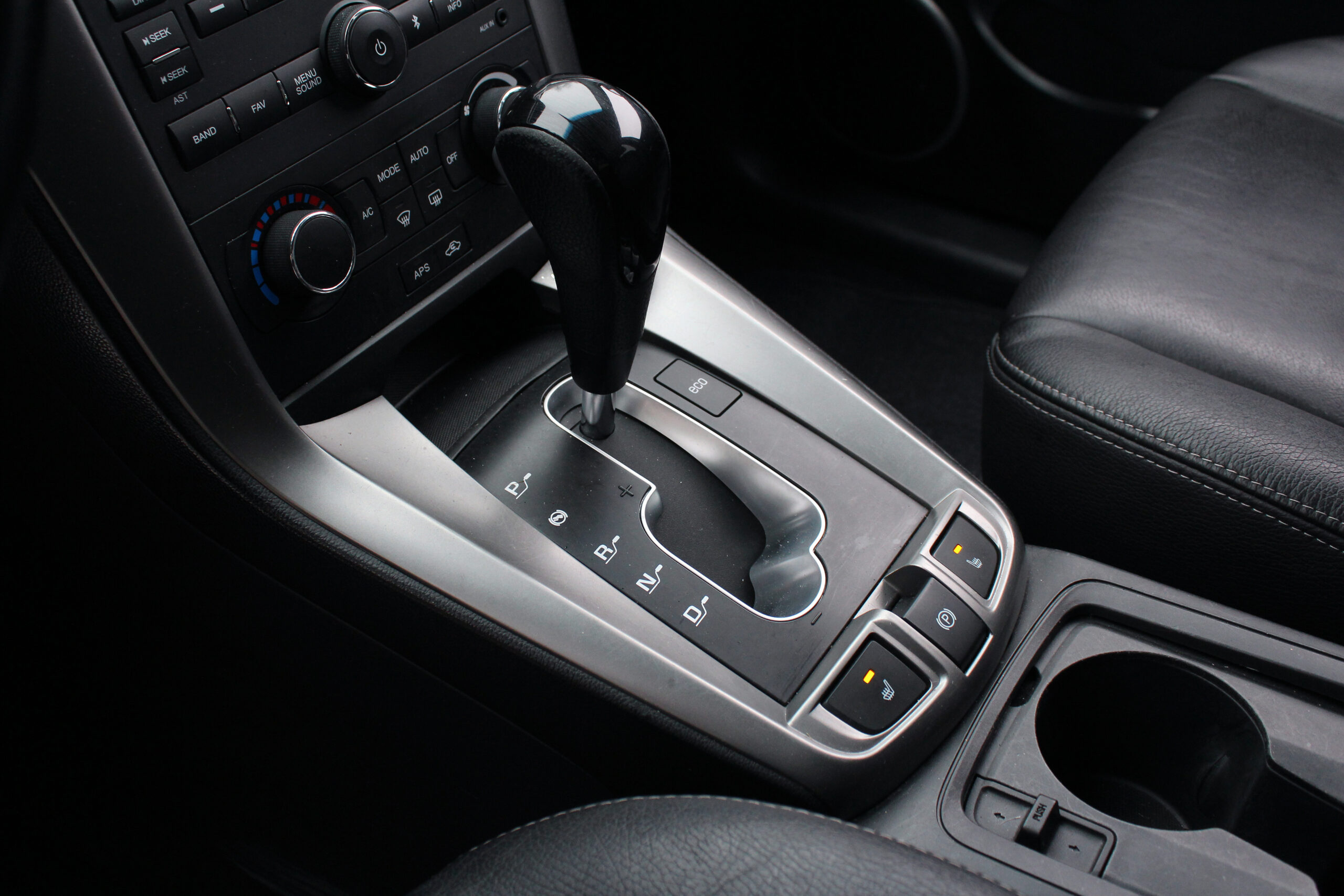
Applications: Gear shift parts
Advantages: Thin-wall molding, Abrasion resistance
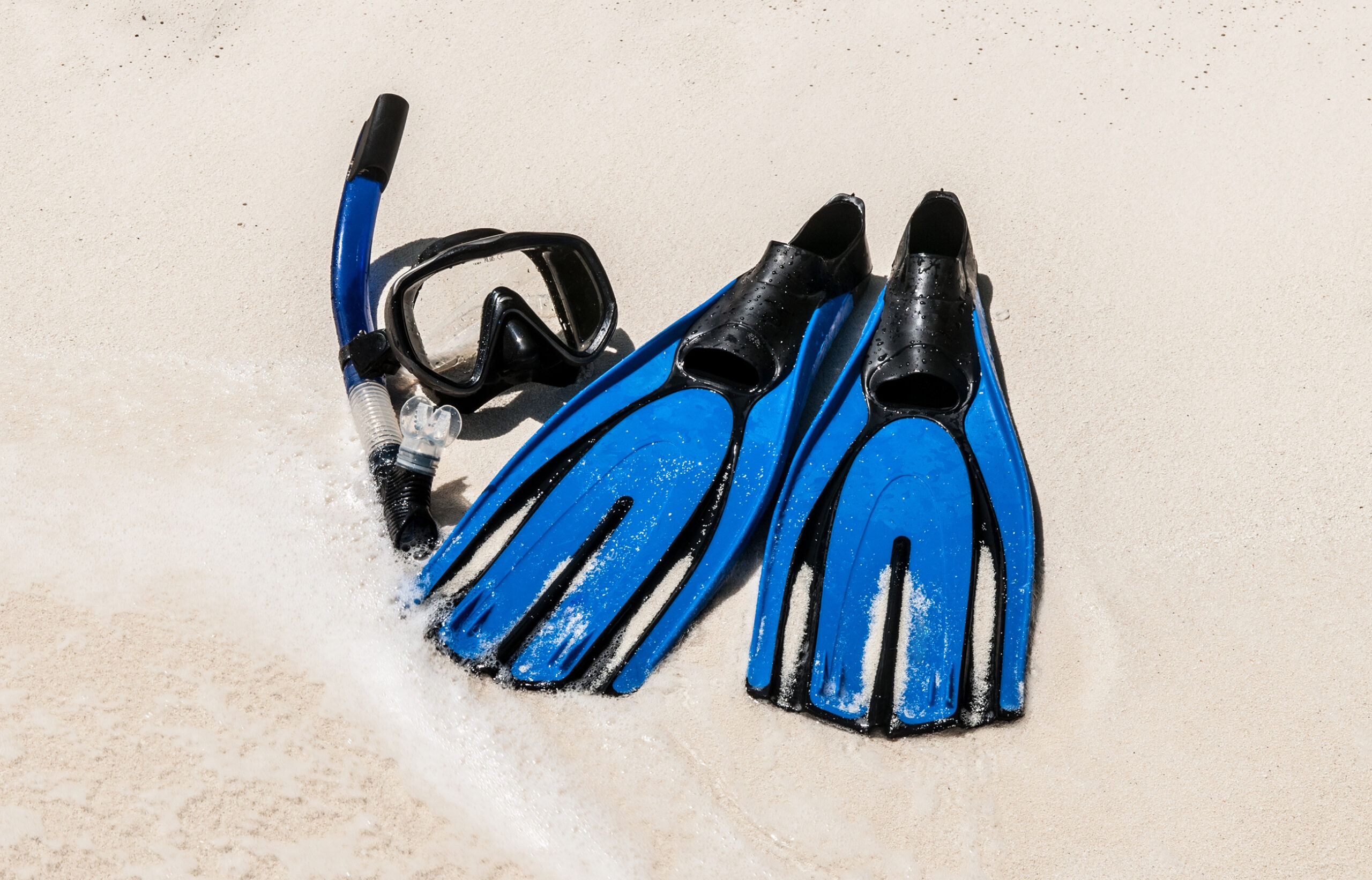
Applications: Diving flippers
Advantages: flexibility, Fluidity
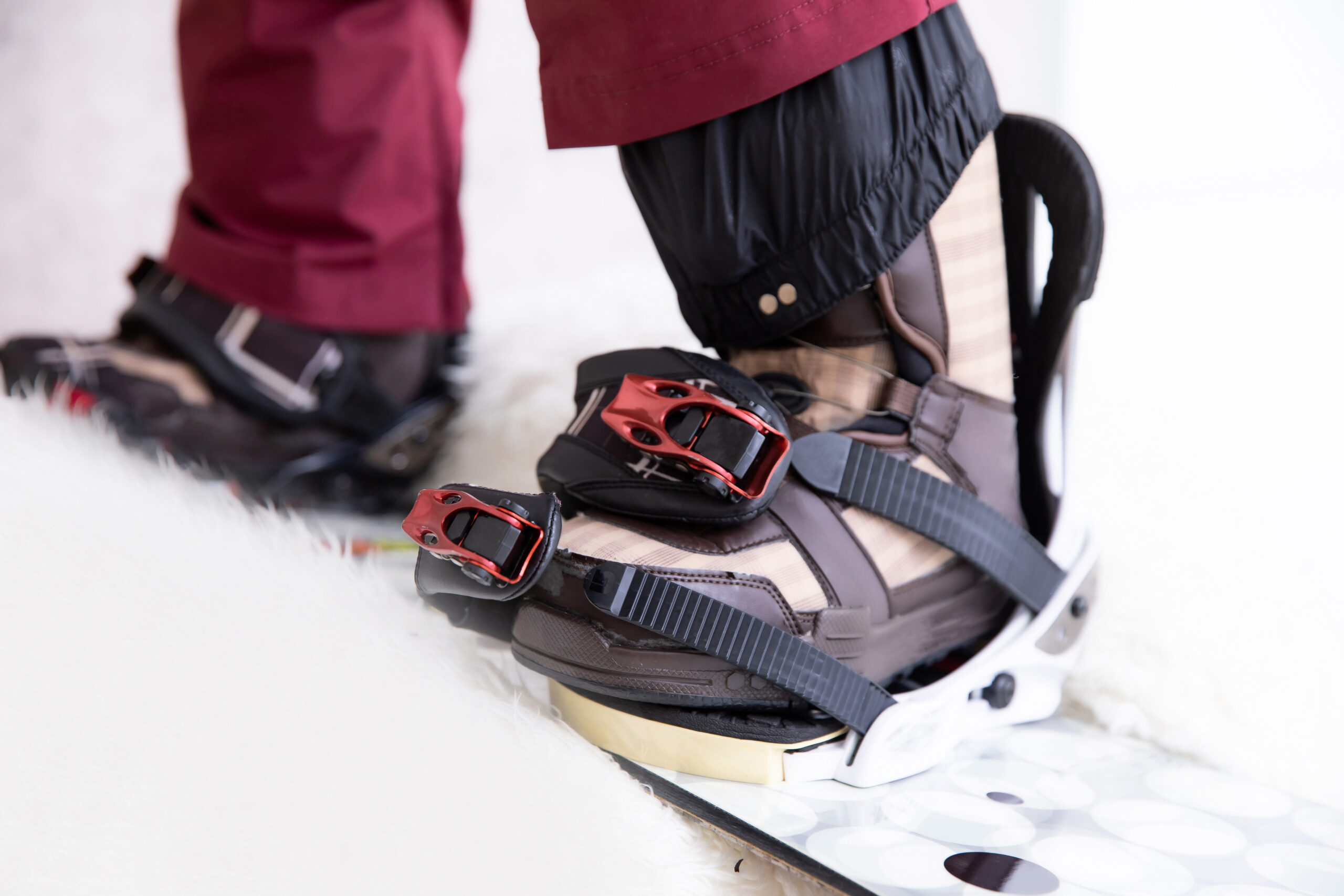
Applications: Snowboard bindings
Advantages: flexibility, Cold resistance

Applications: Curl cord
Advantages: Flexibility, recovery properties
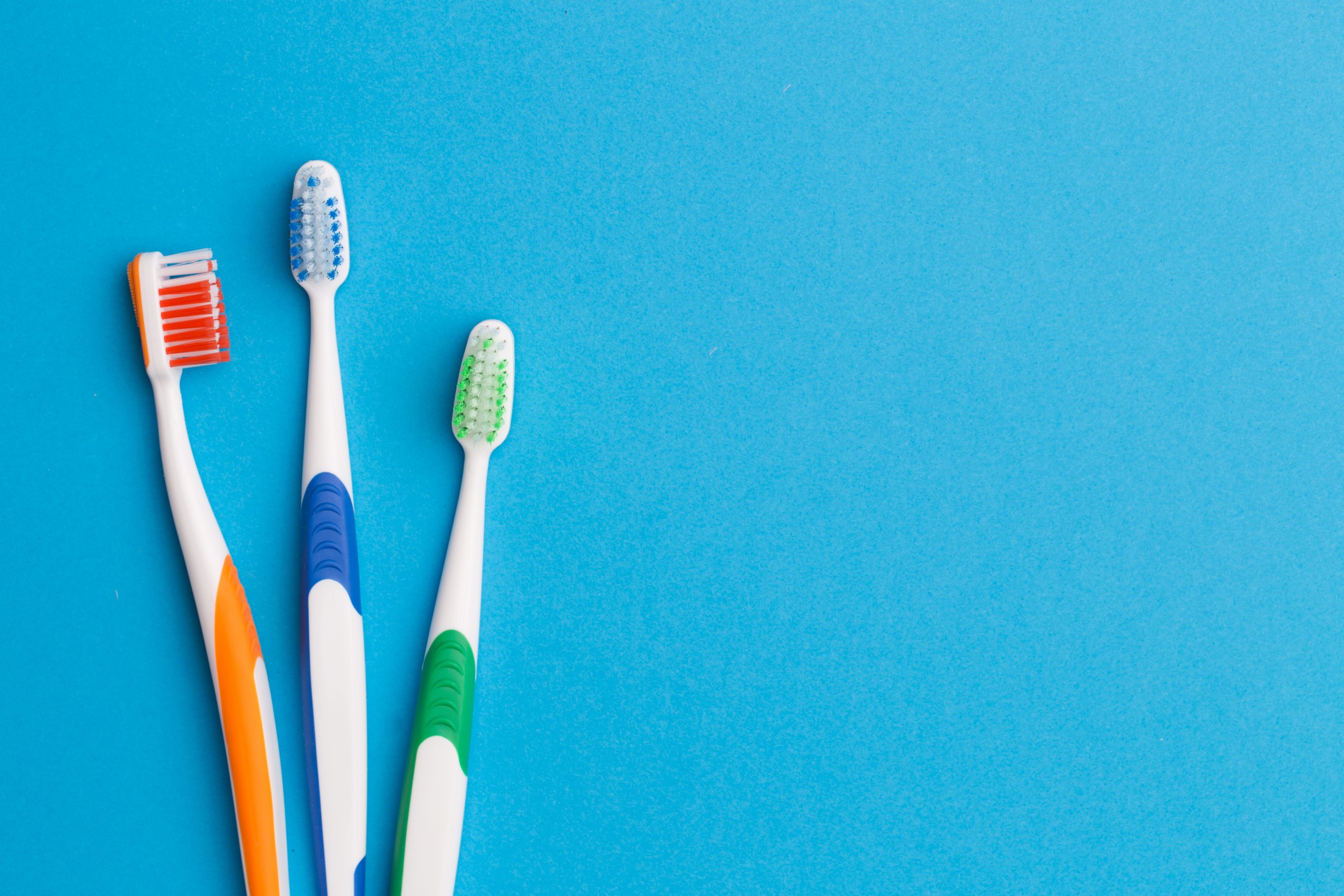
Applications: Toothbrush
Advantages: Flexibility, two-color molding
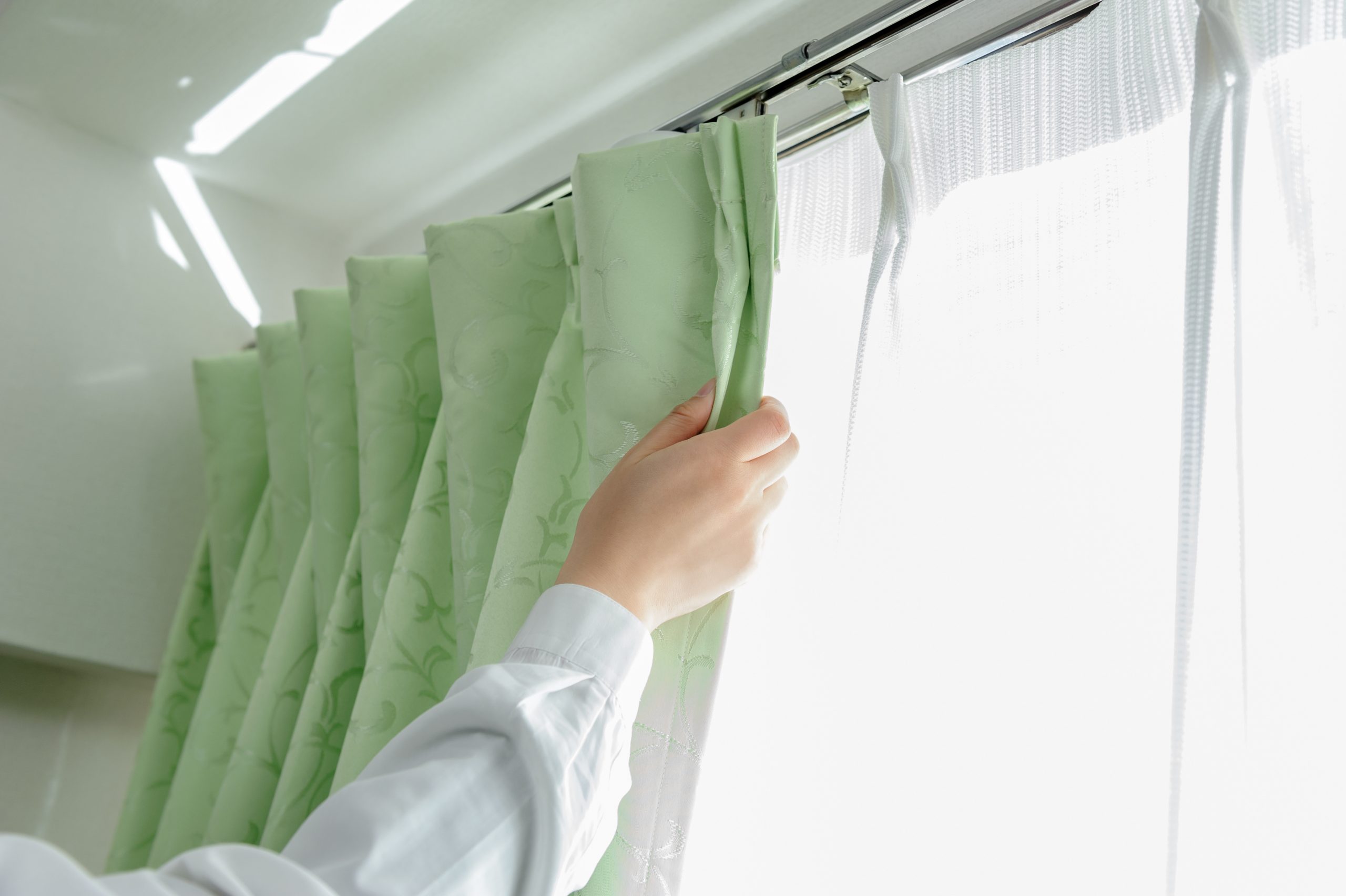
Applications: Curtain rail
Advantages: Quiet, wear-resistant
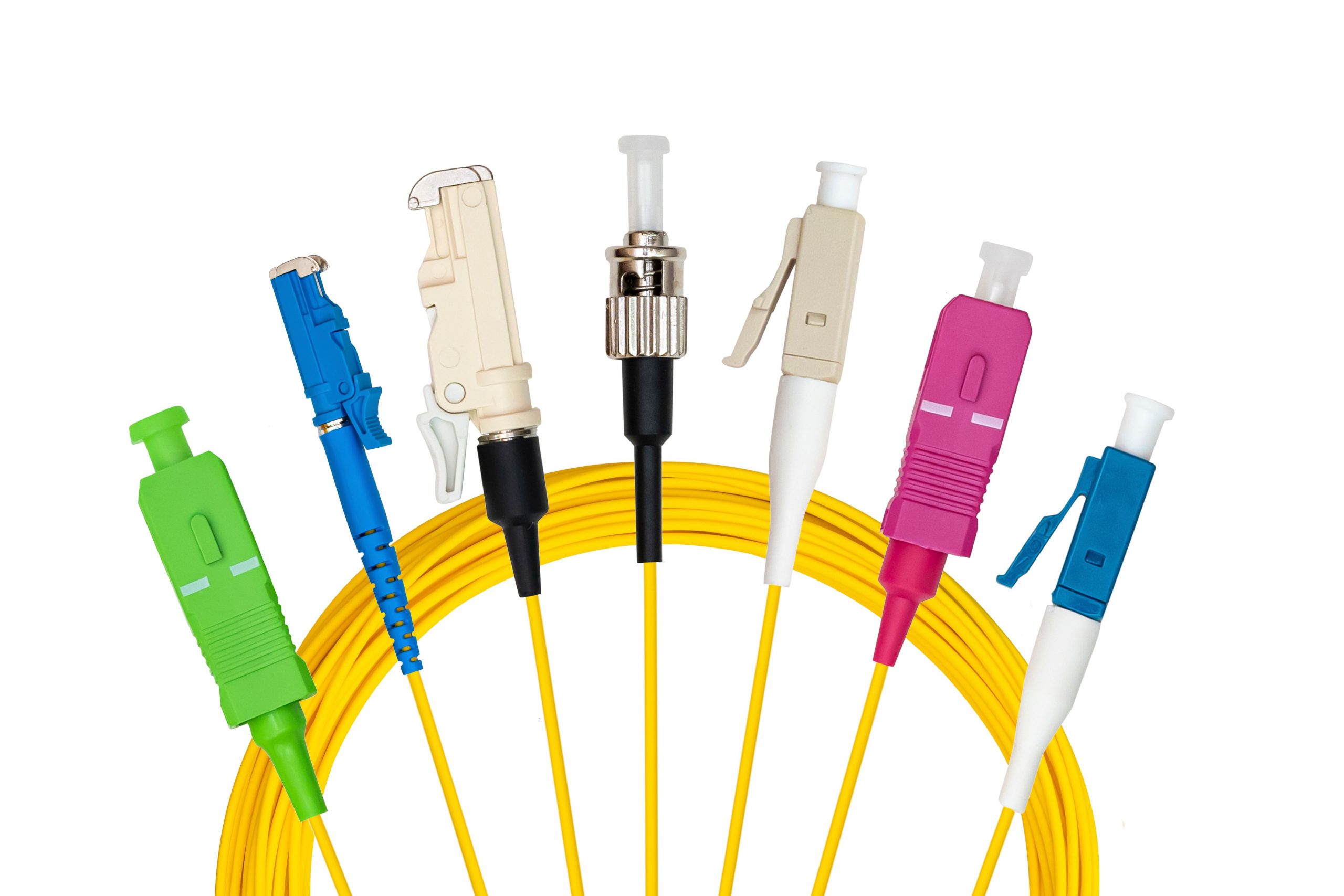
Applications: Connector
Advantages: Flexibility, flame retardant, high flow

Applications: Golf ball
Advantages: Flexibility, resilience
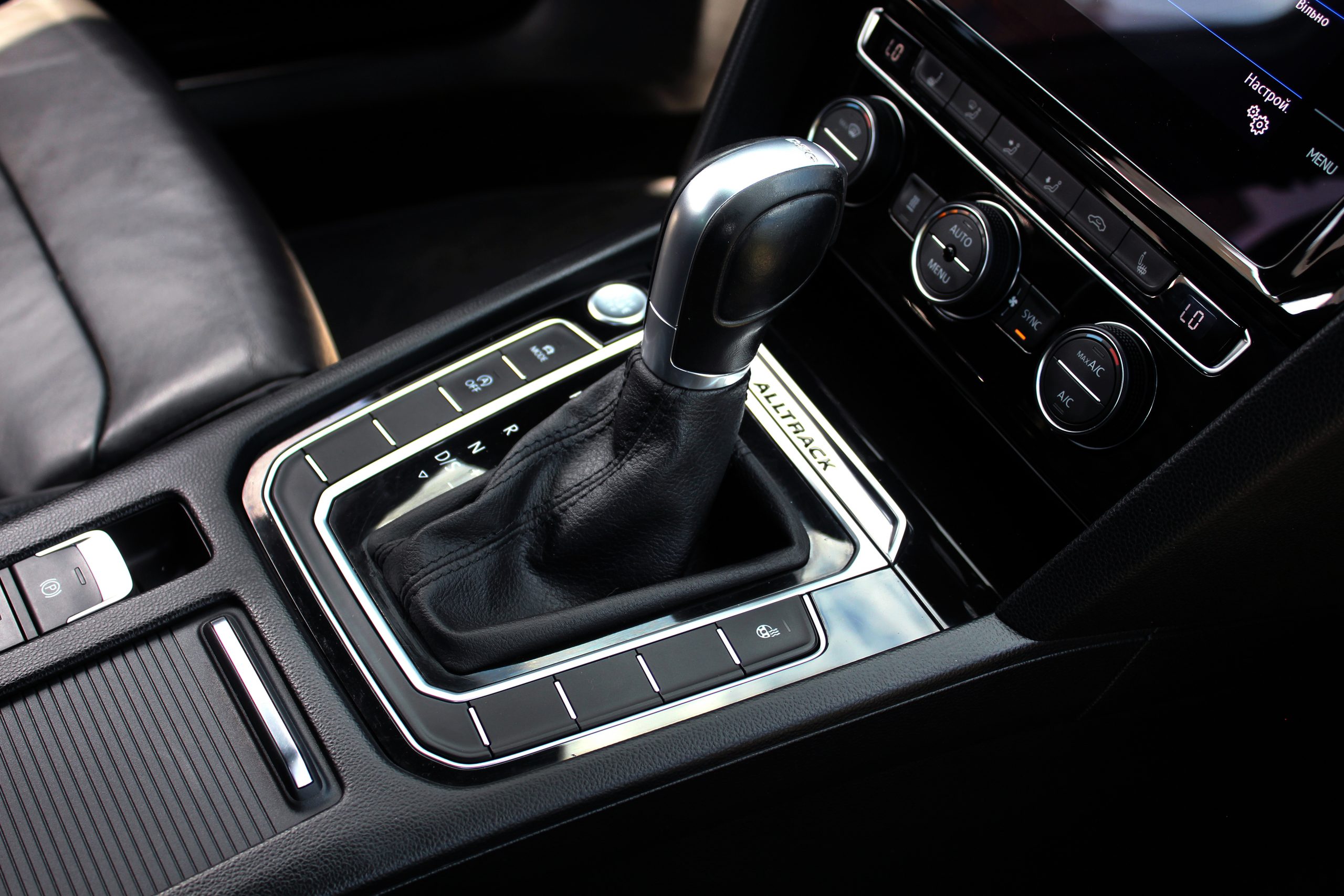
Applications: Console shutter
Advantages: High flow, two-color molding

Applications: Robot parts
Advantages: Flexibility, moldability
Inquiries about this product
If you have any questions or concerns about our products, please contact us here.
Inquiries by phone
Osaka head office
+81 6-6348-3771
Inquiries by email
ContactEngineering plastic lineup
 Thermoplastic polyester elastomersPELPRENE™
Thermoplastic polyester elastomersPELPRENE™ Thermoplastic Vulcanizate ElastomerSarlink®
Thermoplastic Vulcanizate ElastomerSarlink® Higt-Performance Polyamide ResinGLAMIDE™
Higt-Performance Polyamide ResinGLAMIDE™ Biomass high melting-point polyamide resinVYLOAMIDE™
Biomass high melting-point polyamide resinVYLOAMIDE™ Thermoplastic polyester resinVYLOPET™
Thermoplastic polyester resinVYLOPET™ High Performance stampable sheetQuickForm™
High Performance stampable sheetQuickForm™ Elastic MonofilamentDIAFLORA™
Elastic MonofilamentDIAFLORA™ CAE SystemsCAE Systems
CAE SystemsCAE Systems

















